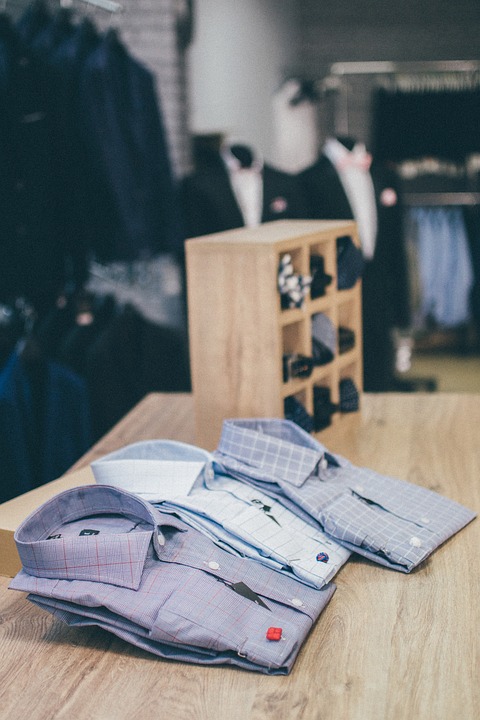Introduction
Airbrush painting is a unique and versatile art form that allows artists to create stunning pieces with precision and control. One of the key skills in airbrush painting is mastering the art of mixing paint colors. In this article, we will share some tips and tricks to help beginners master the art of mixing airbrush paint.
Understanding Color Theory
Before you start mixing paint colors, it’s important to have a basic understanding of color theory. Knowing how colors interact with each other can help you create harmonious and balanced color schemes. The color wheel is a handy tool that can guide you in mixing colors effectively.
Choosing the Right Paints
When it comes to airbrush painting, not all paints are created equal. It’s important to choose high-quality paints that are specifically designed for airbrushing. These paints are formulated to have the right viscosity and pigmentation for airbrushing, resulting in smooth and even coverage.
Mixing Paints
When mixing paint colors, start with a small amount of each color and gradually add more until you achieve the desired shade. Use a palette or mixing cup to blend the colors together thoroughly. Test the color on a scrap piece of paper or card before applying it to your artwork.
Creating Custom Shades
One of the benefits of airbrush painting is the ability to create custom shades and gradients. Experiment with different color combinations to discover unique and personalized color palettes. Don’t be afraid to mix colors that may seem unconventional – you may be surprised by the results!
Blending Colors
Blending colors is a key technique in airbrush painting that can help you create seamless transitions between different shades. To blend colors, spray a light mist of one color over another color while the first layer is still wet. This will create a smooth transition between the two colors.
Protect Your Work Area
When mixing airbrush paint, it’s important to protect your work area from spills and stains. Use a drop cloth or plastic sheet to cover your work surface and wear protective clothing to prevent paint from getting on your skin or clothes. Keep paper towels or rags handy to clean up any spills quickly.
Cleaning Your Airbrush
After mixing paint colors, it’s essential to clean your airbrush thoroughly to prevent clogs and blockages. Disassemble the airbrush and rinse it with water or a cleaning solution to remove any paint residue. Use a cleaning brush to scrub away any stubborn paint buildup.
Practice, Practice, Practice
Like any skill, mastering the art of mixing airbrush paint takes practice and patience. Don’t be discouraged if your first attempts don’t turn out as expected – keep experimenting with different techniques and color combinations until you find what works best for you. Practice regularly to hone your skills and improve your painting capabilities.
Conclusion
Mastering the art of mixing airbrush paint is a valuable skill for any airbrush artist. By understanding color theory, choosing the right paints, and practicing blending techniques, beginners can create beautiful and professional-looking pieces. Remember to protect your work area and clean your airbrush regularly to maintain its performance. With time and dedication, you can become proficient in mixing airbrush paint and unleash your creativity on canvas.
FAQs
Q: Can I mix different types of paints for airbrushing?
A: It’s best to stick to paints that are specifically formulated for airbrushing to ensure optimal results. Mixing different types of paints may affect the viscosity and performance of the paint.
Q: How do I know if my paint is mixed correctly?
A: Test the color on a scrap piece of paper or card to see if it matches the shade you desire. Adjust the color by adding more paint if it’s too light or dark.
Q: Can I mix metallic or pearlized paints with regular colors?
A: Yes, you can mix metallic or pearlized paints with regular colors to create unique effects. Experiment with different combinations to achieve the desired look.

